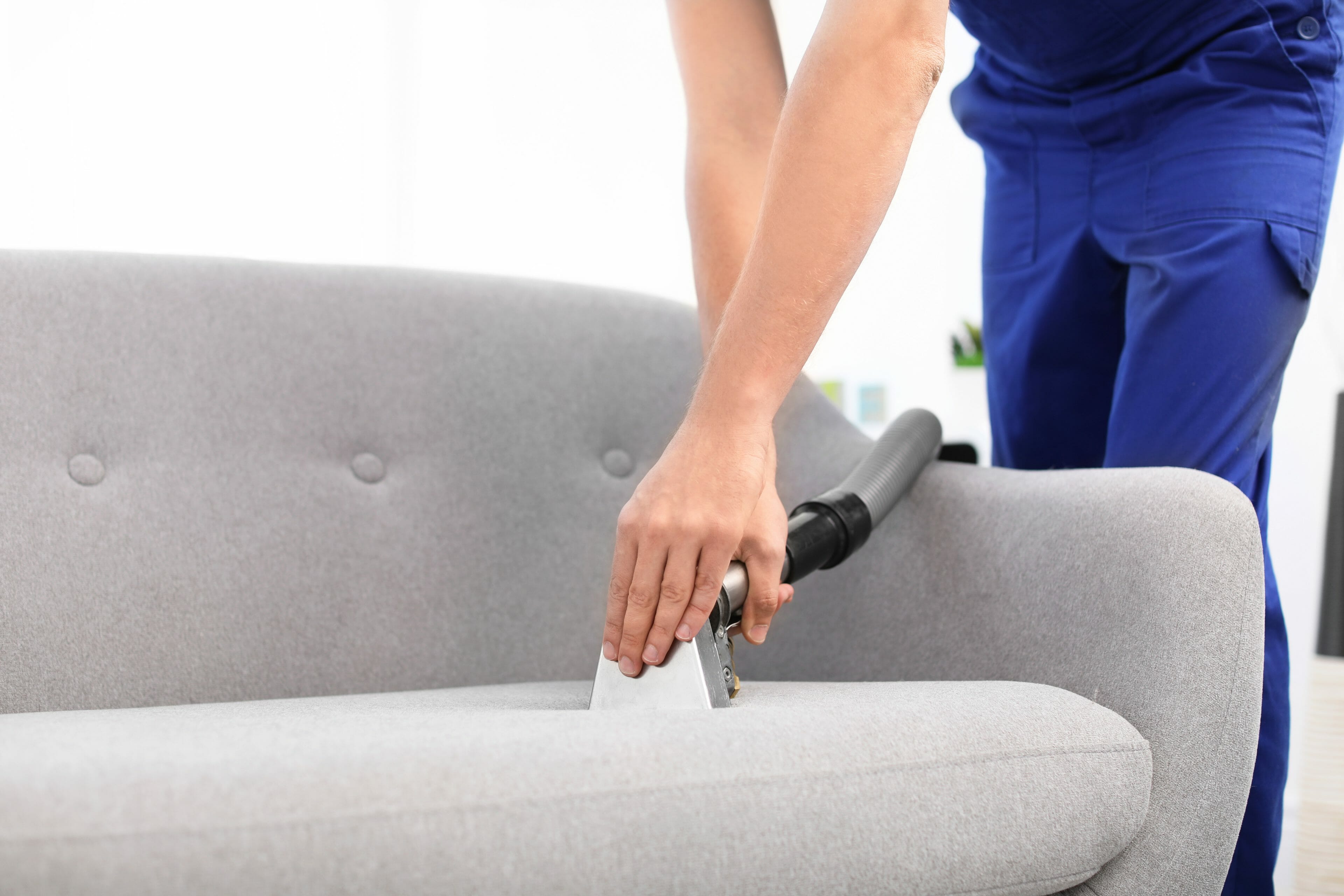Sofa Restoration: Crucial Instructions for Fabric Restoration
Upholstery cleaning might not be a top priority in house upkeep, yet it is essential in maintaining a welcoming and fresh home. From your beloved couch to dining chairs and even that comfy armchair in the corner, upholstery tends to collect dust, stains, and odors over time. This, in turn, affects not just the aesthetics of your home but also the quality of the air in your environment. Understanding how to properly care for and clean your upholstery will result in a healthier environment and prolong the lifespan of your furnishings.
This guide will explore key steps to restore upholstery, covering effective cleaning methods, common stains and their remedies, and the balance of DIY solutions and professional services. We will also include valuable tips for pet owners, eco-friendly cleaning practices, and additional insights. Whether you're getting ready for a seasonal update or simply looking to extend the lifespan of your favorite pieces, our comprehensive overview is designed to provide you with the knowledge you need to revive your upholstery and enhance your living space.
Essential Furniture Cleaning Techniques
When it comes to furniture maintenance, one of the most powerful techniques is stain cleaning. This method involves treating stains as soon as they arise to prevent them from setting in. For most fabrics, a gentle detergent blended with water can be used using a gentle cloth. Gently blotting professional upholstery cleaning stained area, rather than scrubbing, helps lift the stain without damaging the threads. Always try any cleaning solution on an inconspicuous area first to ensure it does not adversely affect the material's color or feel.
Another important technique is steam cleaning, which utilizes the power of hot steam to reach deep into upholstery fibers and release dirt and grime. Steam cleaning not only removes visible stains but also kills bacteria and allergens, enhancing the overall hygiene of your upholstery. For best results, ensure you are using a machine designed for upholstery, as it typically includes adjustable options to cater to different fabric types. Drying can vary, but adequate ventilation will help in reducing moisture levels quickly.

For those looking for a more eco-friendly approach, DIY upholstery cleaning with white vinegar and baking soda is an excellent option. Mixing the same parts of vinegar and water in a spray container can help remove odors and stains effectively. After applying the solution, sprinkling baking soda on the area can absorb excess moisture and odors once it dries. This green method is particularly beneficial for pet owners, as it addresses both stains and lingering smells while avoiding aggressive chemicals.
Common Spots and Removal Techniques
Furniture upholstery is susceptible to multiple stains, each needing a tailored method for effective cleaning. Frequent stains include beverages such as java and wine, food spills, ink spills, and pet accidents. For fluid stains, it’s crucial to act quickly by blotting the area with a fresh, absorbent cloth. This stops the stain from setting deeper into the fabric. For particularly stubborn stains, a blend of gentle detergent and water can be gently applied, and then dabbing until the mark is removed.
Grime and soil marks can pose a challenge as they often dry quickly. Initially, let the mud harden completely, then softly scrape away the extra with a dull knife or a flat tool. Vacuum the spot to pick up any leftover particles. Afterward, a solution of vinegar and H2O or an appropriate upholstery cleaner can be employed to address any remaining discoloration, always trying in an unnoticed spot first.
For ink marks, applying an alcohol-based solution can be effective. Dampen a cotton ball with isopropyl alcohol and carefully dab the stain, being careful not to saturate the material. Always apply from the edges in to prevent spreading. Managing stains promptly and using the right techniques can help preserve the beauty and durability of your furniture upholstery.
Expert vs. DIY Cleaning Approaches
When assessing upholstery cleaning, property owners often consider the pros of professional services against the option of DIY approaches. Professionals bring specialized equipment, comprehensive training, and experience that can result in a more detailed cleaning. This is especially important for high-end fabrics or difficult stains that require specific techniques. Moreover, expert cleaners usually have access to industrial-grade products that can effectively lift dirt and stains without damaging the upholstery.
On the flip side, Do-It-Yourself cleaning can be a cost-effective choice for those who wish to tackle minor stains and maintenance on their own. Many homeowners find contentment in handling their own upholstery cleaning, using household items like soda bicarb or acetic acid for spot cleaning. However, this approach often necessitates a good understanding of the material and the appropriate cleaning methods, as incorrect techniques can lead to fading or damage.
Ultimately, the decision between professional and DIY cleaning depends on the particular needs of the upholstery and the homeowner's familiarity with different cleaning techniques. For routine maintenance, DIY may suffice, but for deep cleaning or if the upholstery has suffered significant stains or damage, a expert service is typically the more reliable choice.